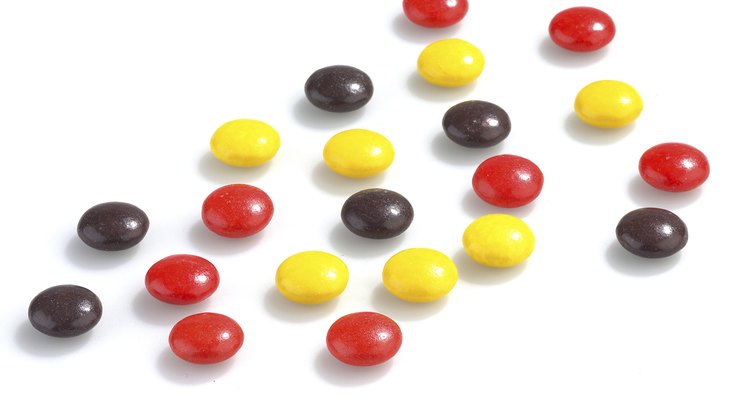
rgbdigital/iStock/Getty Images
If you enjoy the combination of chocolate and peanut butter, you’ve likely browsed the Reese’s line of products at the supermarket. Reese’s Peanut Butter Cups aren’t the only way to get your chocolate and peanut butter fix. For a smaller, easier-to-handle alternative, consider Reese’s Pieces, which provide the familiar Reese’s flavor inside a crunchy candy shell.
Loaded With Calories
Reese’s Pieces are comparable to M&Ms in size but replace the flavor of chocolate with peanut butter. Packages of Reese’s Pieces contain a mixture of brown, yellow and orange candy. Each serving size, which Reese's specifies is 51 individual pieces of the candy, contains 200 calories. Of these, 80 calories are from fat. The exact number of calories contained in a package depends on the size of the package.
Fat, Sugar and Carbs
Reese’s Pieces might be enjoyable to eat, but don’t expect to consume a significant amount of nutrition from a package of the candy. Per serving size of 51 pieces, Reese’s Pieces have 9 grams of fat, including 8 grams of saturated fat. One serving size contains 55 milligrams of sodium, 25 grams of carbohydrates, 2 grams of dietary fiber, 21 grams of sugar and 5 grams of protein.
Your Daily Recommended Intake
A single serving of Reese’s Pieces contributes to your recommended daily nutrition intake to varying degrees. One serving provides 14 percent of your recommended daily intake of fat and 40 percent of your recommended daily intake of saturated fat. The serving also provides 2 percent of your recommended daily intake of sodium and 8 percent of your recommended intake of carbs and dietary fiber. It also gives you 4 percent of your recommended iron intake.
Low in Vitamins
Although a serving of Reese’s Pieces is high in fat and sugar, it’s devoid of a number of other nutritional elements. The candy doesn’t contain any cholesterol or trans fats. Additionally, don’t expect to find any vitamin A, vitamin C or calcium in your serving of Reese’s Pieces. Reese's products, except seasonal items, are free of gluten. To increase your dose of vitamin A, include milk, leafy vegetables and orange-colored fruits in your diet. For vitamin C, consume citrus fruits such as oranges and grapefruits, tomatoes and spinach.
Related Articles

How Many Calories Are in Peanut M&Ms?
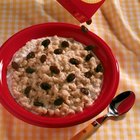
How Many Calories Do Oats Contain?

Rolo Nutrition Information

How to Adjust a Pulsar Watch Band

How to Buy Play-Doh in Bulk

Restaurant Nutrition Guide for Andy's ...

How to Make Cakes With Candy Baked ...
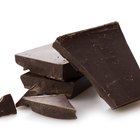
Side Effects of Xocai Chocolate
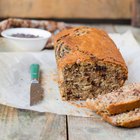
Calories in Banana Bread With Chocolate ...

How Much Fiber Is in Fresh Figs?

How to Spot Fake Bape Clothing

Calories in a Mini Mars and a Milky Way ...

How Long Do You Bake Brownie Cupcakes ...

How to Sew slippers

Calories in Peanut Brittle

Where to Find Walden Farms Products

How to Tell If a Guess Item Is Real?

Low Carb Peanut Butter Snacks

Nutrition Information on Blueberries
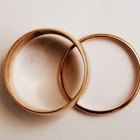
How to Get a Marriage Certificate Online
References
Resources
Writer Bio
Toronto-based journalist William McCoy has been writing since 1997, specializing in topics such as sports, nutrition and health. He serves as the Studio's sports and recreation section expert. McCoy is a journalism graduate of Ryerson University.
Photo Credits
rgbdigital/iStock/Getty Images